What are Vue.js components? Summary of Vue.js component usage
This article mainly gives you a detailed description of the powerful Vue.js components. Components are one of the most powerful functions of Vue.js. Interested friends can refer to what components are: Components are the most powerful features of Vue.js. One of the powerful features. Components can extend HTML elements and encapsulate reusable code. At a high level, a component is a custom element to which Vue.js's compiler adds special functionality. In some cases, components can also be in the form of native HTML elements, extended with the is attribute. How to register a component? You need to use the Vue.extend method to create a component, and then use the Vue.component method to register the component. The format of the Vue.extend method is as follows: var MyComponent = Vue.extend({ // Options...will be introduced later }) If you want to use this created component elsewhere, you have to name the component: Vue.component('my-component', MyCo
1. Powerful Vue.js Detailed description of components
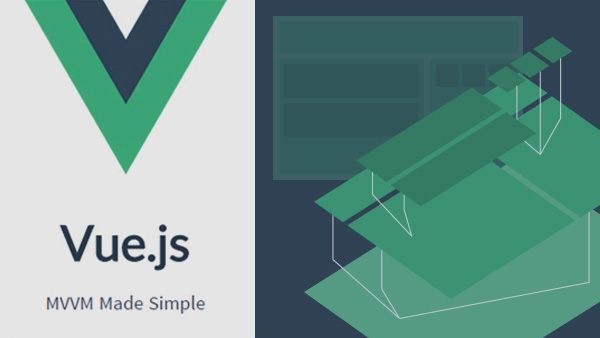
## Introduction: This article mainly introduces Vue.js components to you. The components are One of the most powerful functions of Vue.js. Interested friends can refer to
2. Vue.js component communication child component to parent component communication (Code)
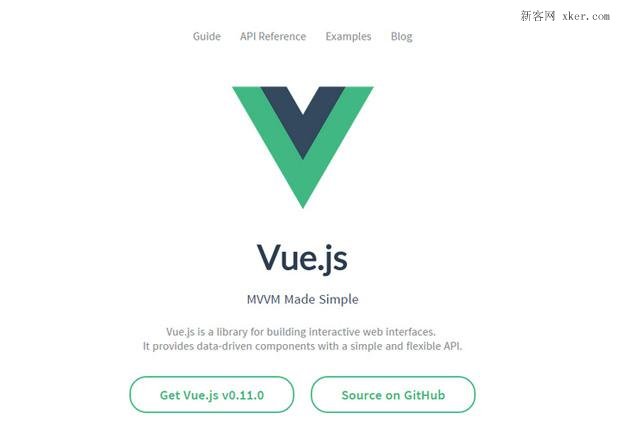
Introduction: This article introduces the communication of Vue.js components from child components to parent components Communication (code)
3. Vue.js component communication from the parent component to the child parent component (code)

Introduction: This article communicates from the parent component of the Vue.js component to the child parent component (code)
4. Communication between peers of Vue.js components (code)
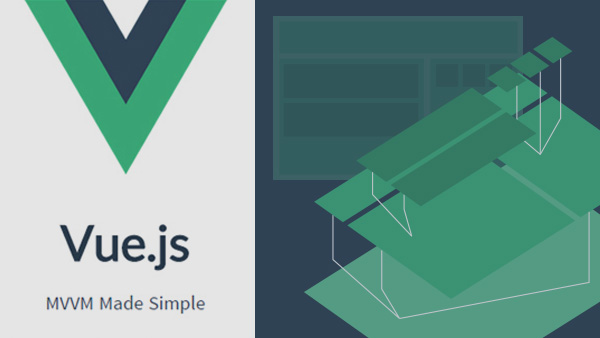
Introduction: This article introduces the communication (code) between peers of Vue.js components
5. In-depth discussion of Vue.js components and component communication

Introduction: This article mainly discusses in depth the relationship between Vue.js components and component communication. Information, interested friends can refer to
6. Vue.js component tree implements infinite tree menu

Introduction: This article mainly introduces the Vue.js component tree to implement the infinite tree menu code in detail. It has certain reference value. Interested friends can refer to
7. Take you to play with Vue.js components in minutes

Introduction: Play with Vue.js components in minutes
8. Vue.js component usage and development example tutorial
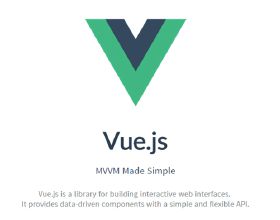
9.
Vue.js component tabs implements tab switching effect
Introduction: Vue.js component tabs implements tab switching effect [Related Q&A recommendations]: ##javascript - In the vue.js component-based development model, how to make the style only apply to this component and its sub-components. javascript - How to solve the problem of screen flashing when switching vue.js components javascript - Learn how to report errors using props attributes in vue.js components, follow the official instructions The document is written, but an error is reported javascript - vue.js componentization. How to introduce third-party plug-in js, such as rich text, cropping and other plug-ins? 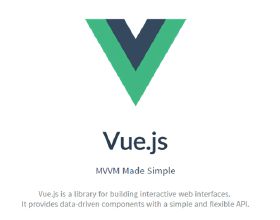
The above is the detailed content of What are Vue.js components? Summary of Vue.js component usage. For more information, please follow other related articles on the PHP Chinese website!

Hot AI Tools

Undresser.AI Undress
AI-powered app for creating realistic nude photos

AI Clothes Remover
Online AI tool for removing clothes from photos.

Undress AI Tool
Undress images for free

Clothoff.io
AI clothes remover

Video Face Swap
Swap faces in any video effortlessly with our completely free AI face swap tool!

Hot Article

Hot Tools

Notepad++7.3.1
Easy-to-use and free code editor

SublimeText3 Chinese version
Chinese version, very easy to use

Zend Studio 13.0.1
Powerful PHP integrated development environment

Dreamweaver CS6
Visual web development tools

SublimeText3 Mac version
God-level code editing software (SublimeText3)

Hot Topics
 1677
1677
 14
14
 1430
1430
 52
52
 1333
1333
 25
25
 1278
1278
 29
29
 1257
1257
 24
24
 Python vs. JavaScript: The Learning Curve and Ease of Use
Apr 16, 2025 am 12:12 AM
Python vs. JavaScript: The Learning Curve and Ease of Use
Apr 16, 2025 am 12:12 AM
Python is more suitable for beginners, with a smooth learning curve and concise syntax; JavaScript is suitable for front-end development, with a steep learning curve and flexible syntax. 1. Python syntax is intuitive and suitable for data science and back-end development. 2. JavaScript is flexible and widely used in front-end and server-side programming.
 JavaScript and the Web: Core Functionality and Use Cases
Apr 18, 2025 am 12:19 AM
JavaScript and the Web: Core Functionality and Use Cases
Apr 18, 2025 am 12:19 AM
The main uses of JavaScript in web development include client interaction, form verification and asynchronous communication. 1) Dynamic content update and user interaction through DOM operations; 2) Client verification is carried out before the user submits data to improve the user experience; 3) Refreshless communication with the server is achieved through AJAX technology.
 JavaScript in Action: Real-World Examples and Projects
Apr 19, 2025 am 12:13 AM
JavaScript in Action: Real-World Examples and Projects
Apr 19, 2025 am 12:13 AM
JavaScript's application in the real world includes front-end and back-end development. 1) Display front-end applications by building a TODO list application, involving DOM operations and event processing. 2) Build RESTfulAPI through Node.js and Express to demonstrate back-end applications.
 Understanding the JavaScript Engine: Implementation Details
Apr 17, 2025 am 12:05 AM
Understanding the JavaScript Engine: Implementation Details
Apr 17, 2025 am 12:05 AM
Understanding how JavaScript engine works internally is important to developers because it helps write more efficient code and understand performance bottlenecks and optimization strategies. 1) The engine's workflow includes three stages: parsing, compiling and execution; 2) During the execution process, the engine will perform dynamic optimization, such as inline cache and hidden classes; 3) Best practices include avoiding global variables, optimizing loops, using const and lets, and avoiding excessive use of closures.
 Python vs. JavaScript: Development Environments and Tools
Apr 26, 2025 am 12:09 AM
Python vs. JavaScript: Development Environments and Tools
Apr 26, 2025 am 12:09 AM
Both Python and JavaScript's choices in development environments are important. 1) Python's development environment includes PyCharm, JupyterNotebook and Anaconda, which are suitable for data science and rapid prototyping. 2) The development environment of JavaScript includes Node.js, VSCode and Webpack, which are suitable for front-end and back-end development. Choosing the right tools according to project needs can improve development efficiency and project success rate.
 The Role of C/C in JavaScript Interpreters and Compilers
Apr 20, 2025 am 12:01 AM
The Role of C/C in JavaScript Interpreters and Compilers
Apr 20, 2025 am 12:01 AM
C and C play a vital role in the JavaScript engine, mainly used to implement interpreters and JIT compilers. 1) C is used to parse JavaScript source code and generate an abstract syntax tree. 2) C is responsible for generating and executing bytecode. 3) C implements the JIT compiler, optimizes and compiles hot-spot code at runtime, and significantly improves the execution efficiency of JavaScript.
 Python vs. JavaScript: Use Cases and Applications Compared
Apr 21, 2025 am 12:01 AM
Python vs. JavaScript: Use Cases and Applications Compared
Apr 21, 2025 am 12:01 AM
Python is more suitable for data science and automation, while JavaScript is more suitable for front-end and full-stack development. 1. Python performs well in data science and machine learning, using libraries such as NumPy and Pandas for data processing and modeling. 2. Python is concise and efficient in automation and scripting. 3. JavaScript is indispensable in front-end development and is used to build dynamic web pages and single-page applications. 4. JavaScript plays a role in back-end development through Node.js and supports full-stack development.
 From Websites to Apps: The Diverse Applications of JavaScript
Apr 22, 2025 am 12:02 AM
From Websites to Apps: The Diverse Applications of JavaScript
Apr 22, 2025 am 12:02 AM
JavaScript is widely used in websites, mobile applications, desktop applications and server-side programming. 1) In website development, JavaScript operates DOM together with HTML and CSS to achieve dynamic effects and supports frameworks such as jQuery and React. 2) Through ReactNative and Ionic, JavaScript is used to develop cross-platform mobile applications. 3) The Electron framework enables JavaScript to build desktop applications. 4) Node.js allows JavaScript to run on the server side and supports high concurrent requests.




